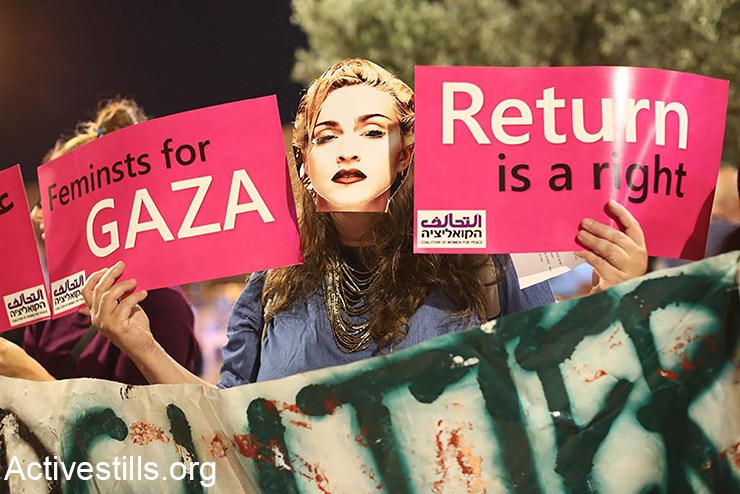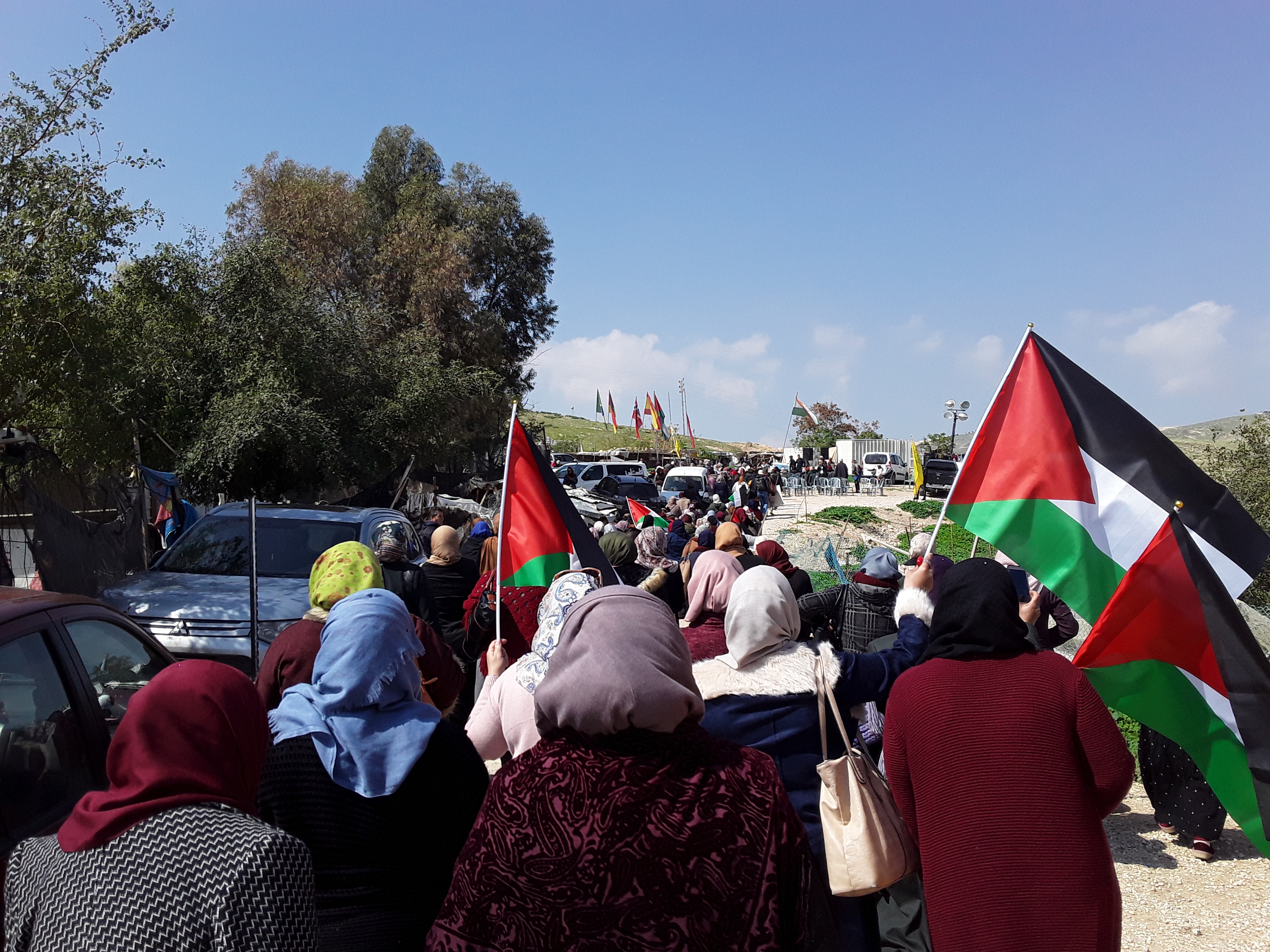Tag: Ethnic Cleansing
-
ISM Week of Action Against Eurovision
May 2019 | International Solidarity Movement| occupied Palestine ISM’s week of action against the Eurovision in Tel Aviv In coordination with the Palestinian Boycott National Committee (BNC) and The Palestinian campaign for the Academic and Cultural Boycott of Israel (PACBI) and in collaboration with Israeli anti zionist groups has been a huge success! From before…
-
Women from across Palestine gather in Khan al-Ahmar, call for resistance
March 6, 2019 | International Solidarity Movement, Al-Khalil team | Hebron, occupied Palestine Hundreds of women from all over Palestine met in Khan al-Ahmar on Wednesday March 6. The meeting was a response to a call for solidarity made by the General Union of Palestinian women and the residents of Khan al-Ahmar, as…



